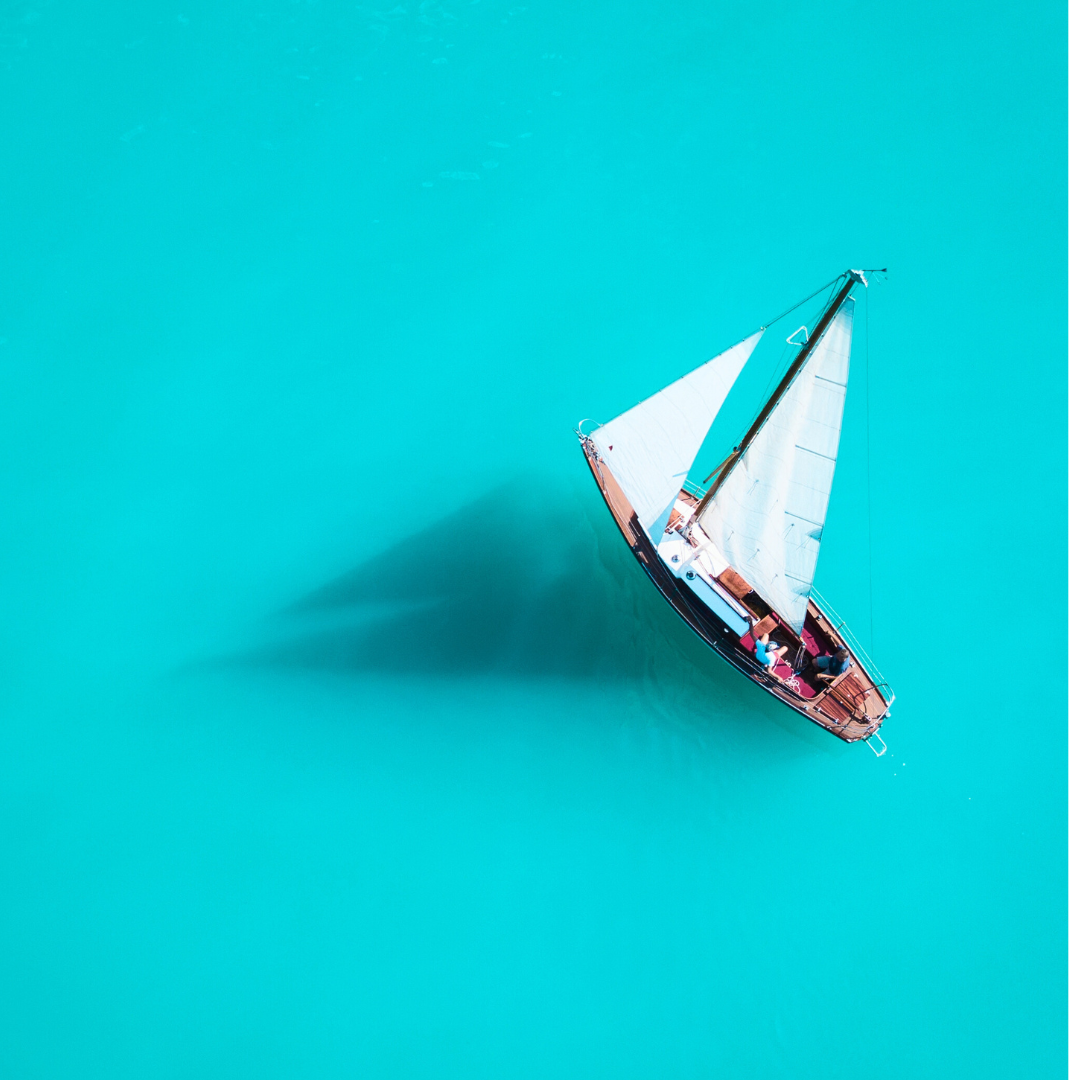Whale Watching off the Pacific Coast: Seasonal Splendors in Bahía Solano and Nuquí

The Pacific Coast is a world of vast oceans, mesmerizing sunsets, and dramatic coastlines. However, one of its most awe-inspiring attractions is the annual migration of majestic whales. The coastal towns of Bahía Solano and Nuquí in particular have become hubs for those eager to witness these gentle giants in their natural habitat. In this piece, we will delve into the wonders of whale migration, the unique ecosystems of the Pacific Coast, and how local communities cherish these magnificent creatures.
Nature’s Giants: Whale Migration Patterns
The yearly pilgrimage of whales is an epic spectacle, reflecting nature’s grandeur and rhythm. Humpback whales, in particular, are known to undertake one of the longest migratory journeys of any mammal. Starting from the icy waters of Antarctica, they head towards the warm embrace of the Pacific Coast, a voyage spanning thousands of miles. This migration serves a dual purpose: escaping the frigid, food-depleted Antarctic waters in winter and seeking warmer, more hospitable waters for calving and breeding. Males often serenade females with complex songs, a magical display that adds allure to their journey. This age-old migratory pattern is a profound interplay of instinct, ecological necessity, and the deep mysteries of these underwater behemoths.
Best Times and Spots for Whale Watching
Timing is crucial when it comes to whale watching. The months from July to October are particularly bountiful, as this is when whales are most active in the Pacific Coast region. While the entire coastline promises potential sightings, some spots have earned a reputation for particularly spectacular views. Bahía Solano and Nuquí stand out prominently in this regard. The deep, nutrient-rich waters near the coast in these areas are attractive to whales, allowing enthusiasts to witness them up close. Dawn and dusk, with their tranquil waters, often offer the clearest sightings, painting an unforgettable tableau of nature’s grandeur.
The Vibrant Marine Ecosystem of the Pacific Coast
While whales are undeniably the main attraction, the marine ecosystem of the Pacific Coast is rich and varied. This biodiversity hotspot boasts a plethora of marine life: playful dolphins, stealthy sharks, vibrant schools of fish, and slow-moving turtles, to name a few. Coral reefs, kelp forests, and seagrass beds form the foundation of this marine haven. These ecosystems, besides supporting diverse life forms, also play a significant role in sequestering carbon and regulating global climate patterns. Observing this intricate web of life provides a broader perspective on the importance of marine conservation.
Local Communities and their Bond with Whales
To the indigenous communities of the Pacific Coast, the annual arrival of the whales is more than just a natural event; it’s a cultural phenomenon deeply intertwined with their lives. Festivals, songs, and dances revolve around these majestic visitors, celebrating their significance both spiritually and economically. Locals, over generations, have developed sustainable practices to ensure that the marine ecosystem remains balanced. They respect the sea and its inhabitants, understanding the interdependency that has existed for centuries.
The Tranquil Waters of Bahía Solano
Bahía Solano is a coastal sanctuary where time seems to stand still. Its calm, pristine waters reflect the azure skies, creating a perfect backdrop for observing the majestic whales. The bay’s tranquility is accentuated by the surrounding lush rainforests, adding a layer of serene green to the blue expanse. For those seeking a peaceful retreat combined with the excitement of whale watching, Bahía Solano is an unmatched destination.
Nuquí: Nature’s Untouched Marvel
Nestled further down the Pacific Coast is Nuquí, a gem that remains relatively unexplored by the masses. The convergence of dense rainforests with the expansive ocean creates a unique topography, where one can trek through lush forests in the morning and watch whales by the afternoon. The isolation of Nuquí ensures that its natural wonders remain untouched, offering a more intimate and authentic experience for true nature enthusiasts.
Guidelines for Responsible Whale Watching
As the allure of whale watching grows, it is paramount to approach this experience with respect and responsibility. It’s essential to maintain a safe distance from these creatures to avoid causing them stress or altering their natural behavior. Littering the oceans not only harms the marine ecosystem but can prove fatal for whales if ingested. It’s also vital to reduce noise pollution, as whales heavily rely on sound for communication. Supporting eco-friendly tour operators and being informed about the local guidelines ensure that this mesmerizing experience remains sustainable for future generations.
The spectacle of whale migration along the Pacific Coast is more than just a tourist attraction; it’s a testament to the marvels of nature and the intricate balance of our ecosystems. As we stand on the shores of Bahía Solano and Nuquí, watching these gentle giants gracefully navigate the waters, it serves as a humbling reminder of our role in preserving these wonders for generations to come. Every ripple in the water, every breach, and every song sung is a call to respect, protect, and cherish the world we share with these magnificent creatures.


